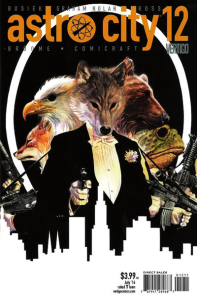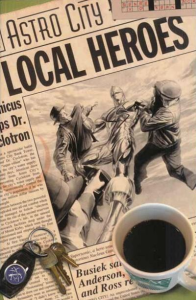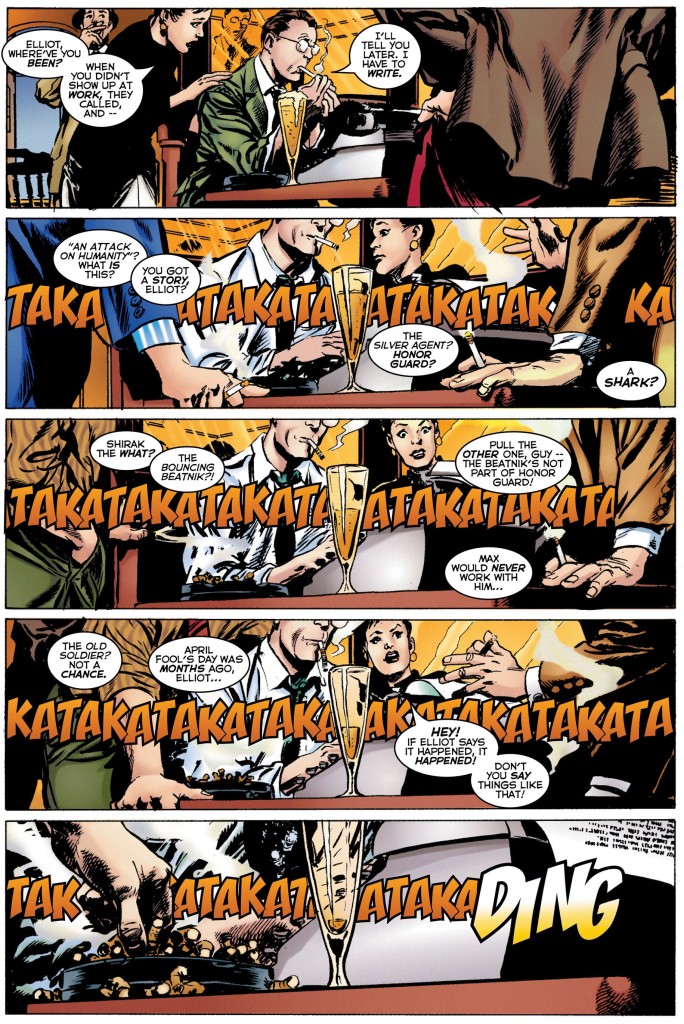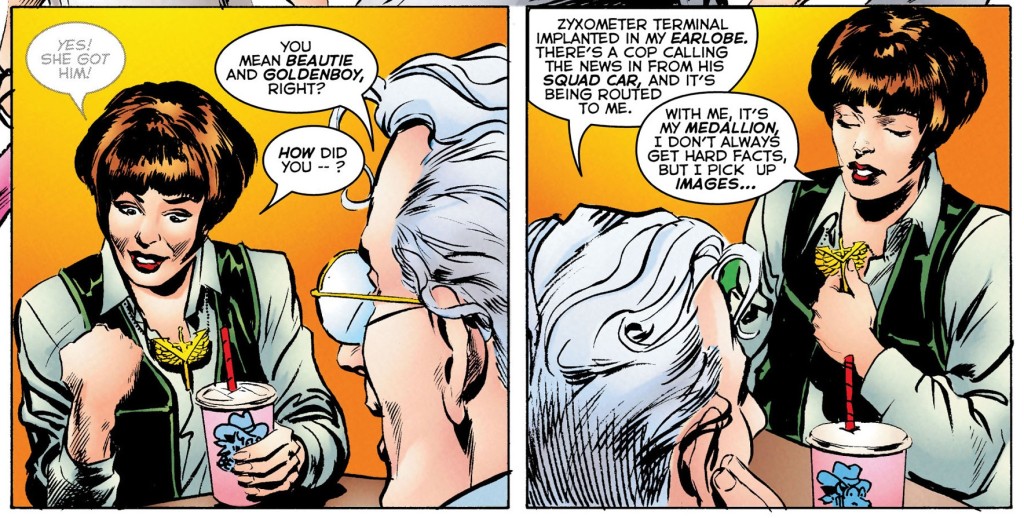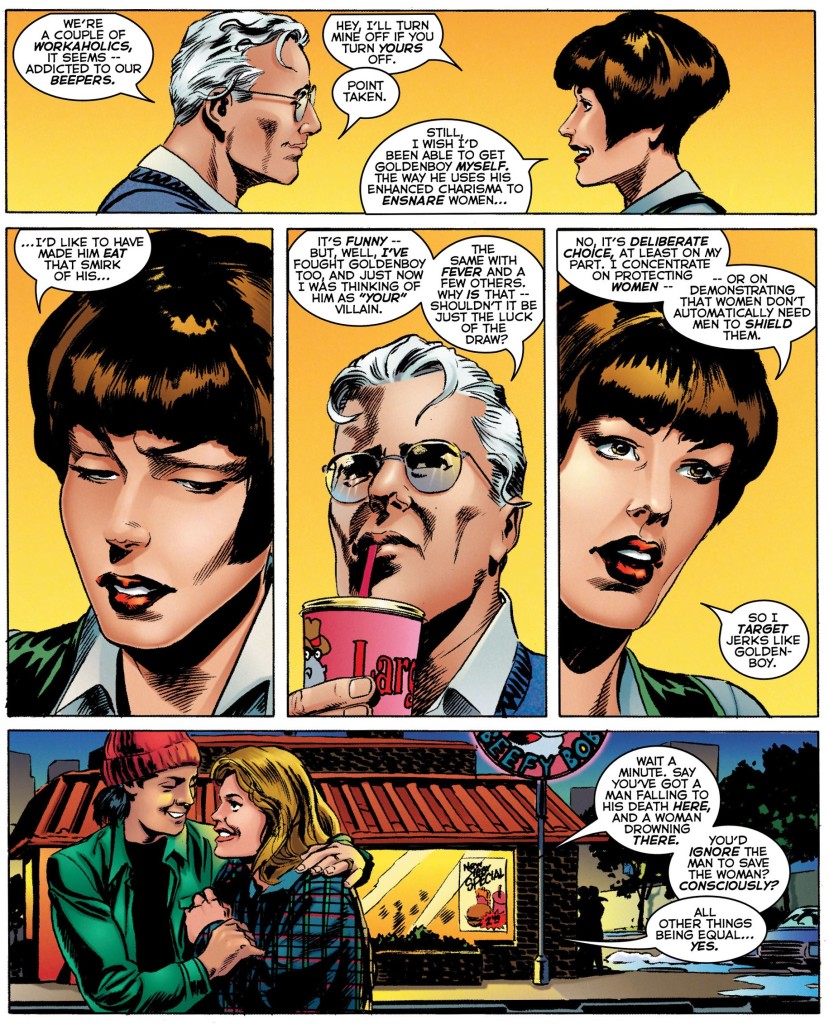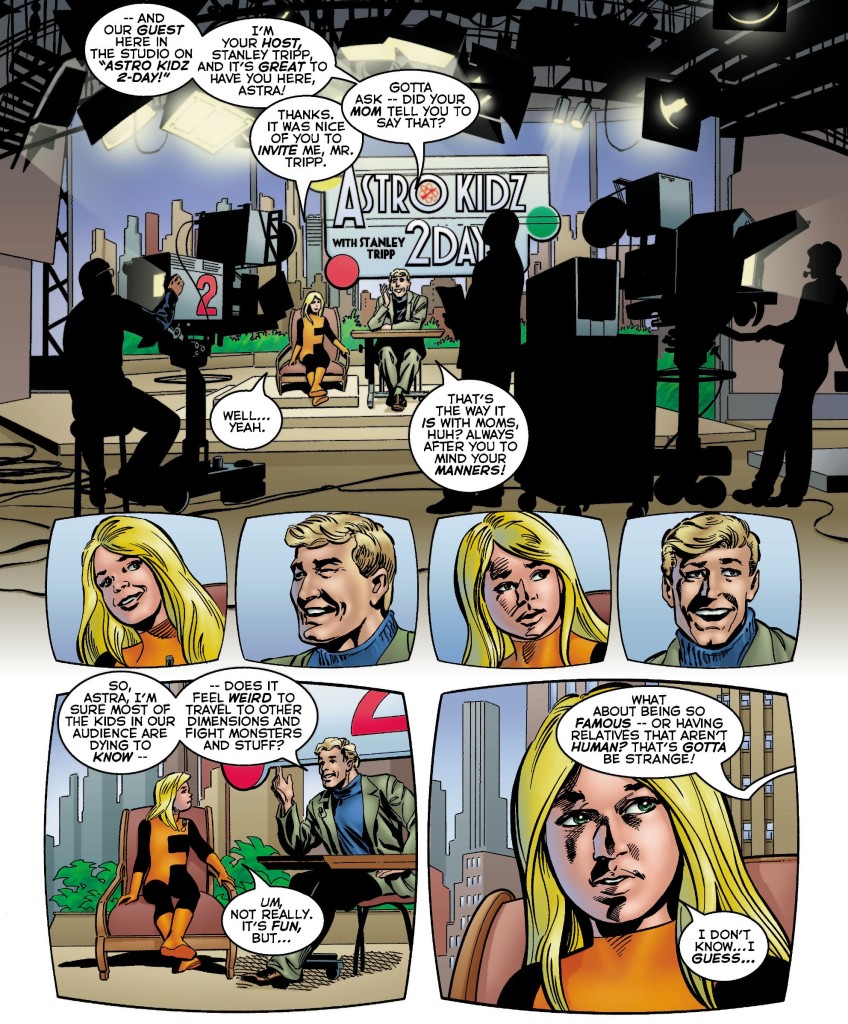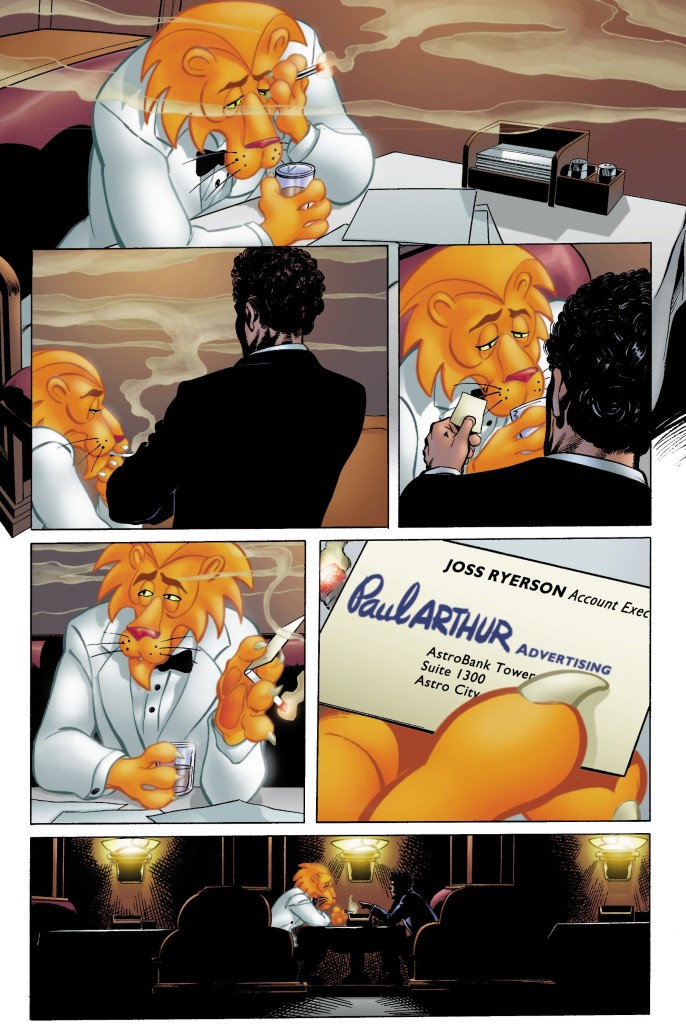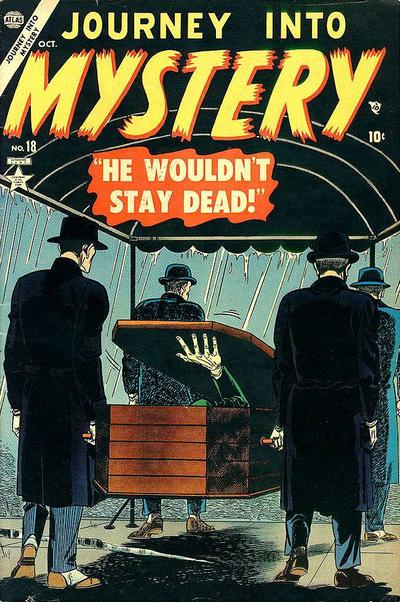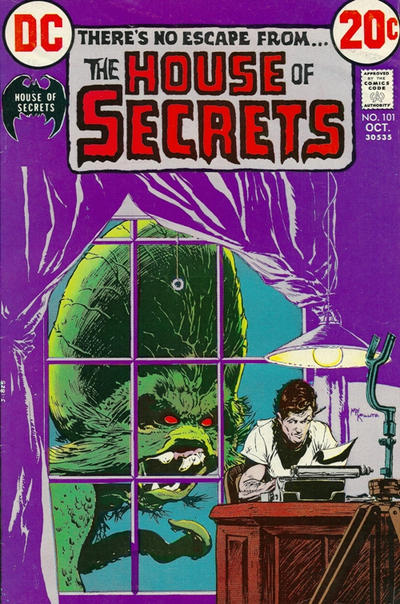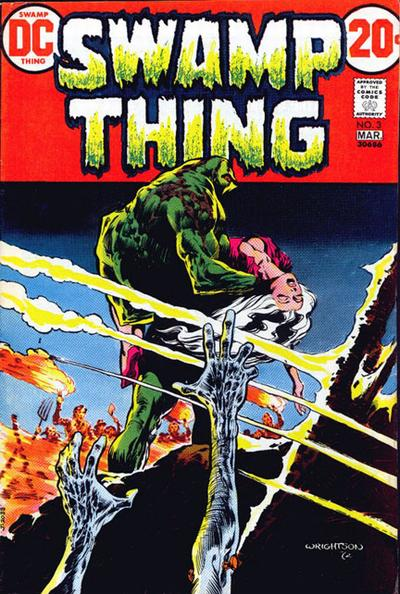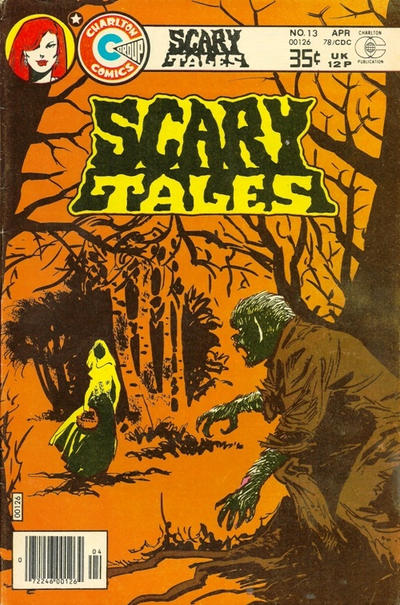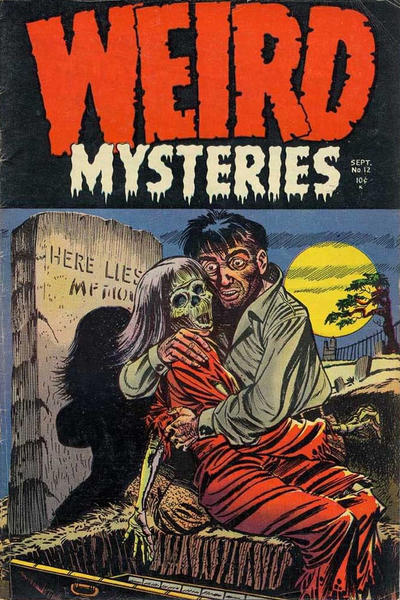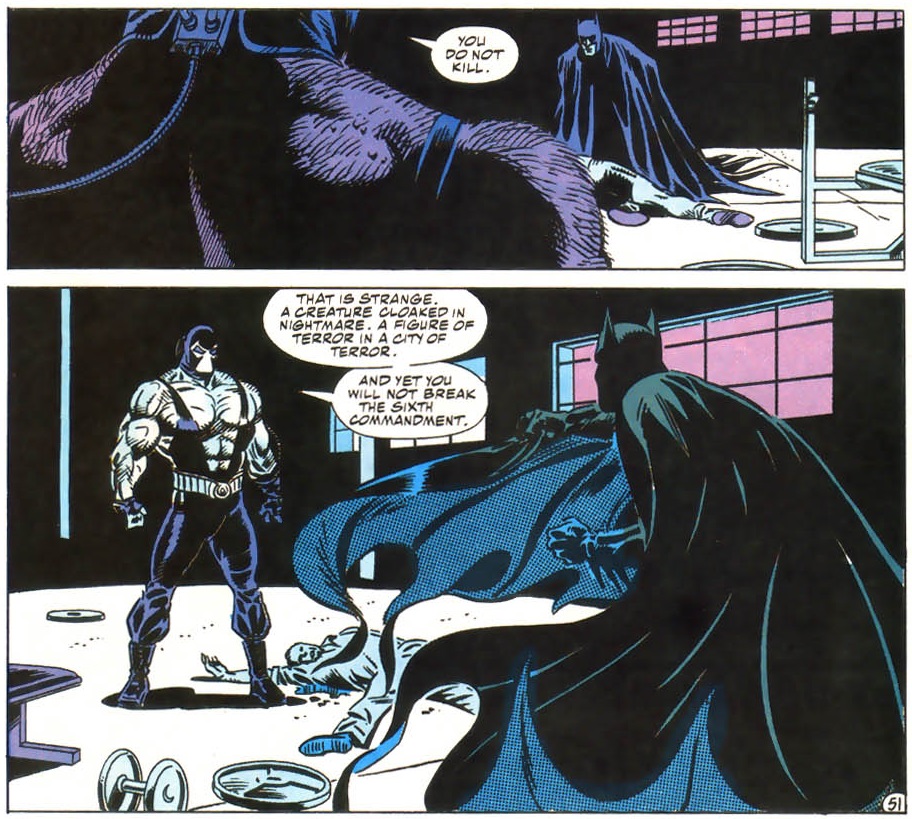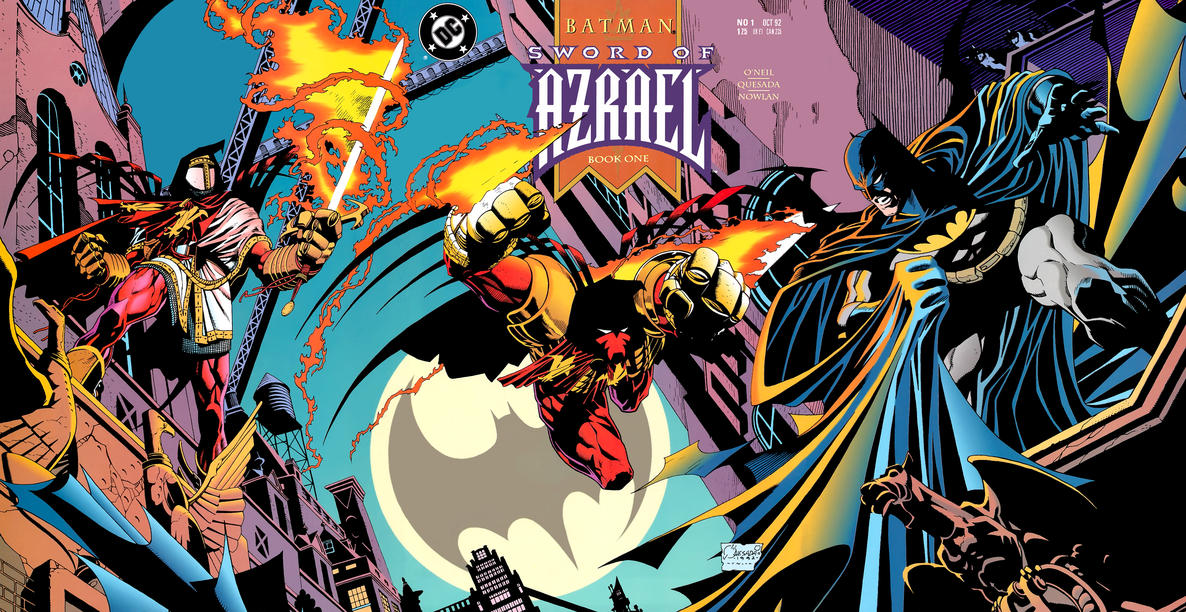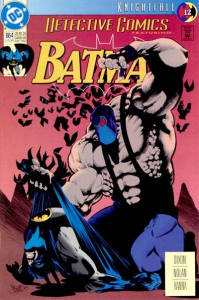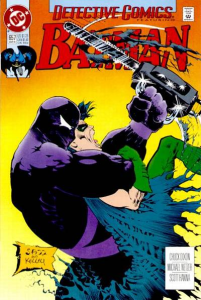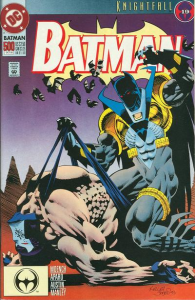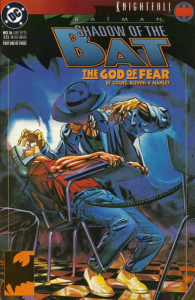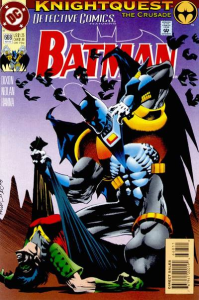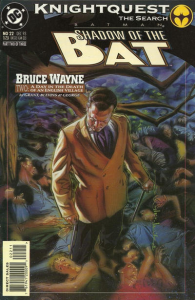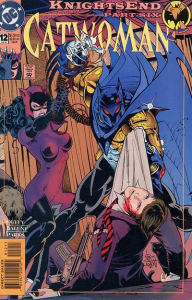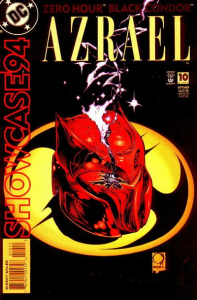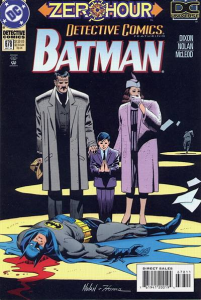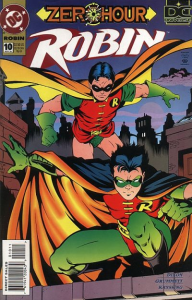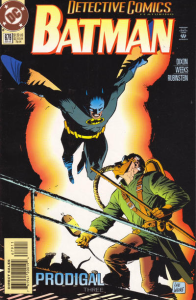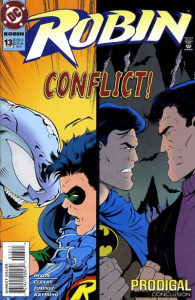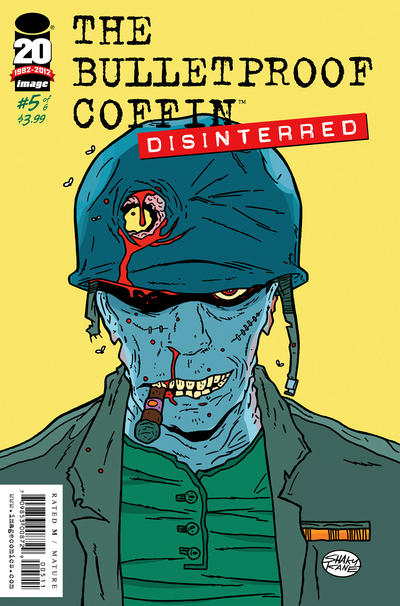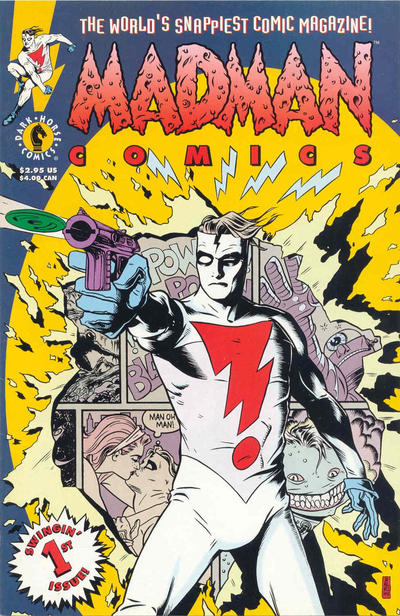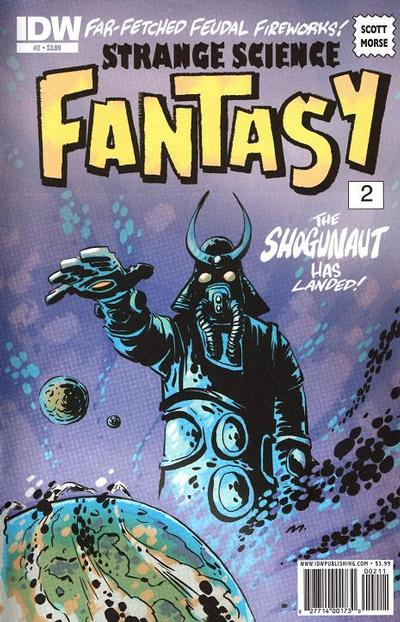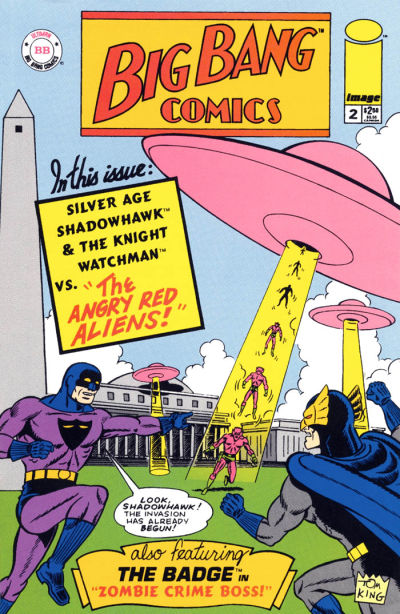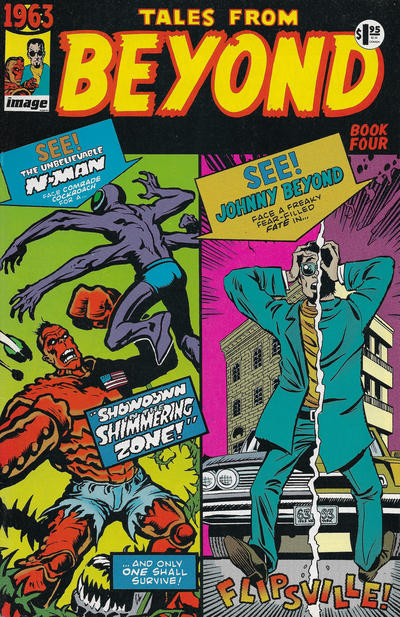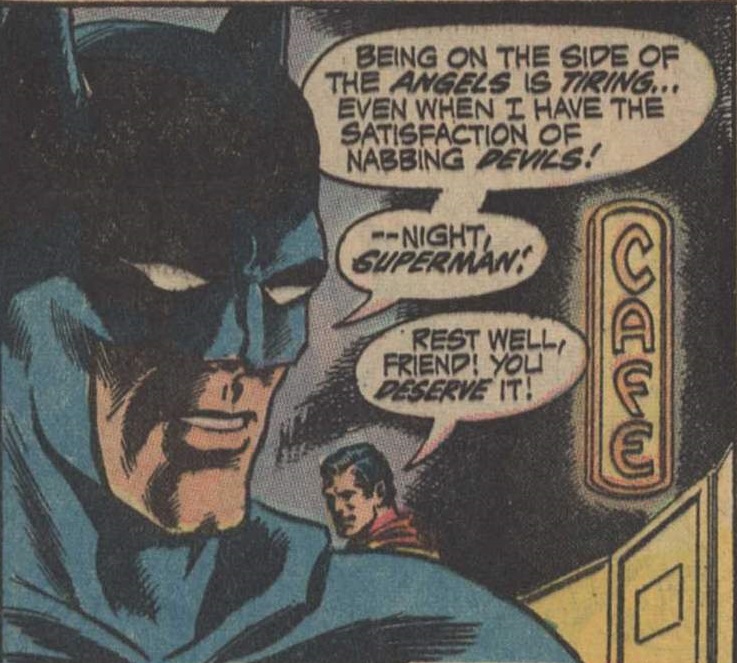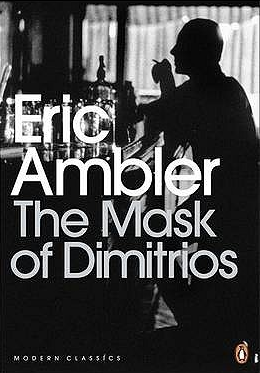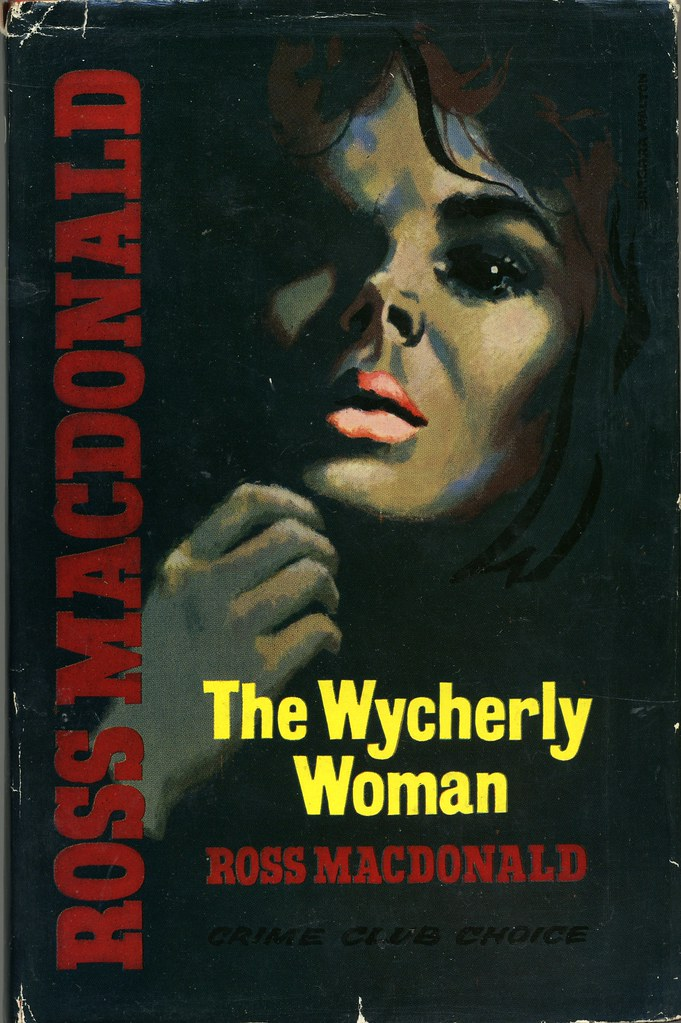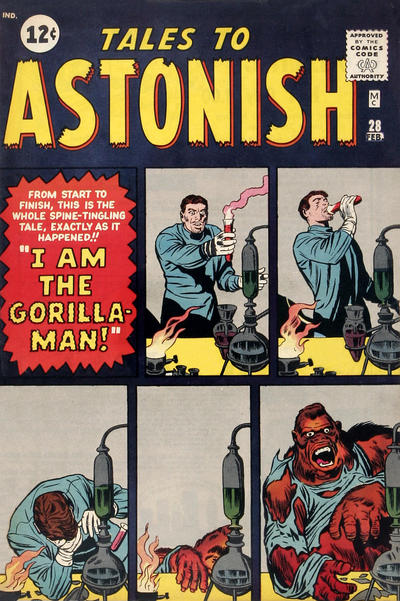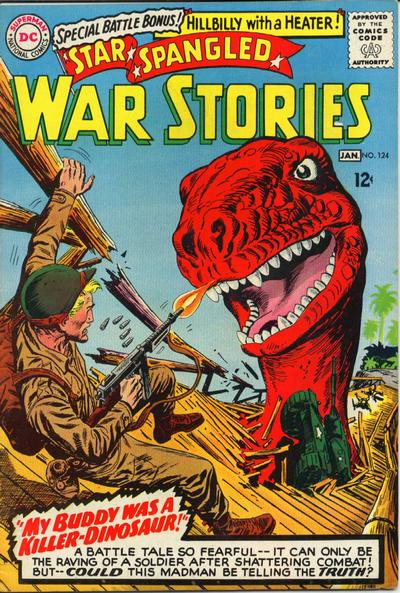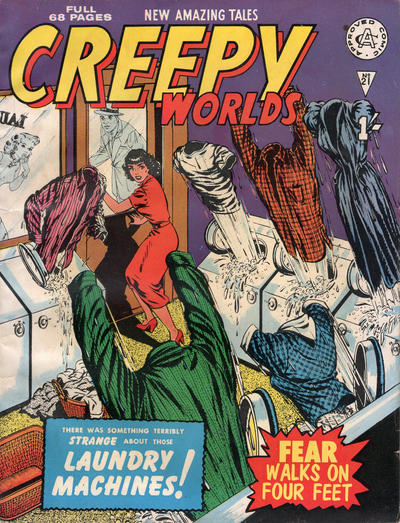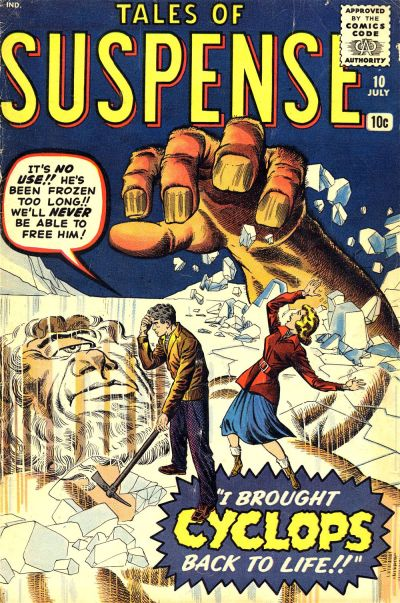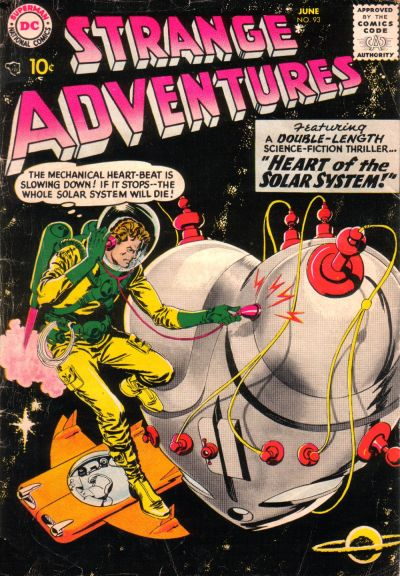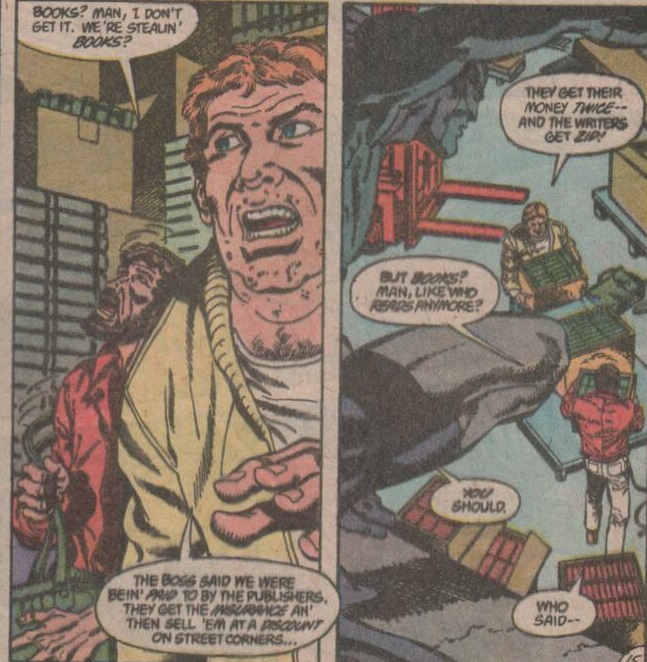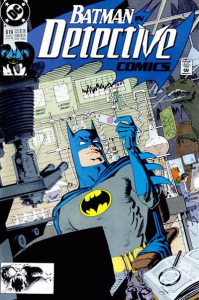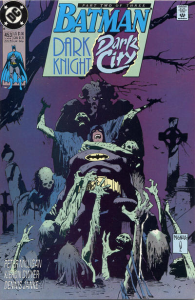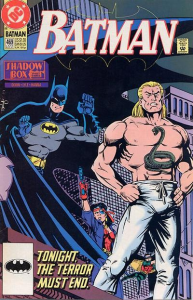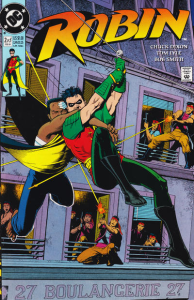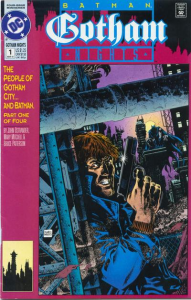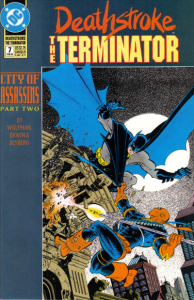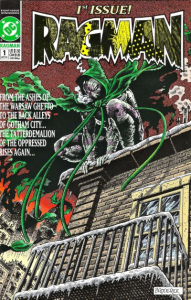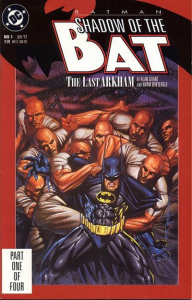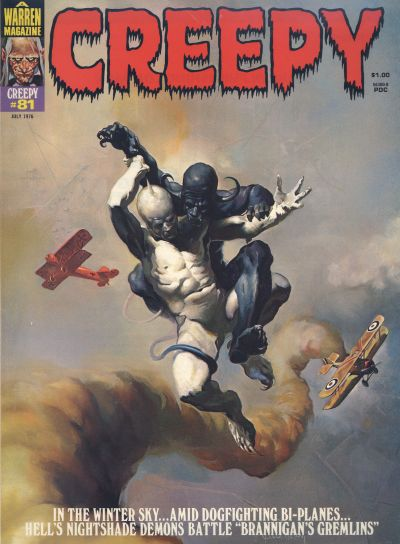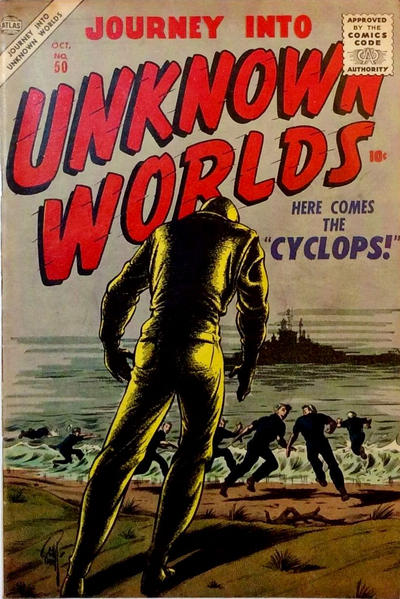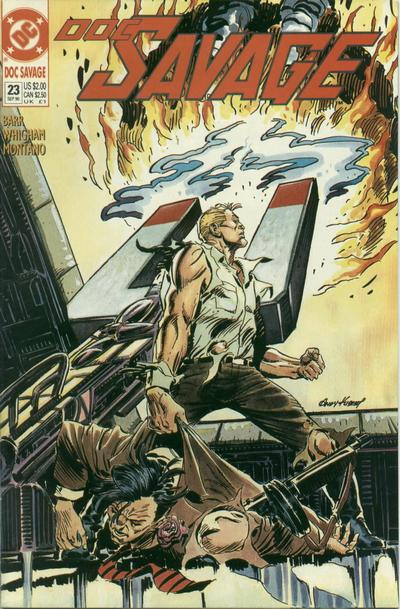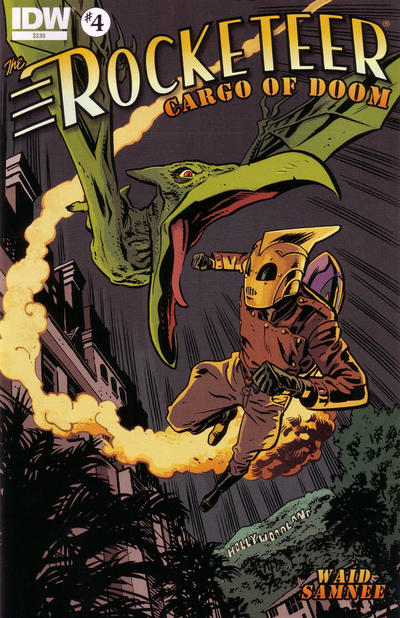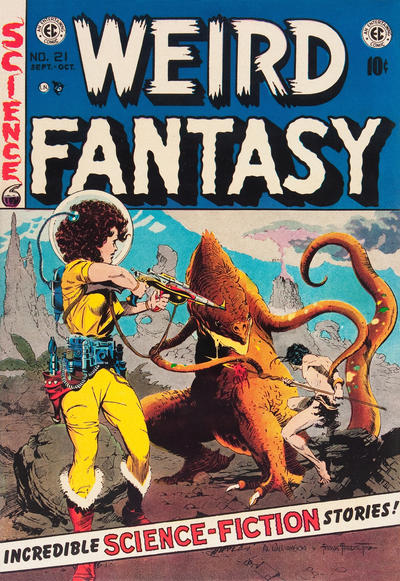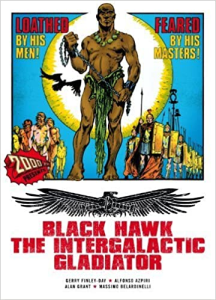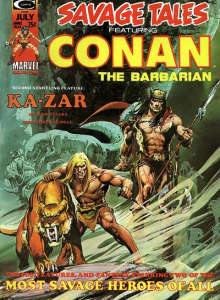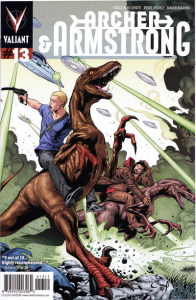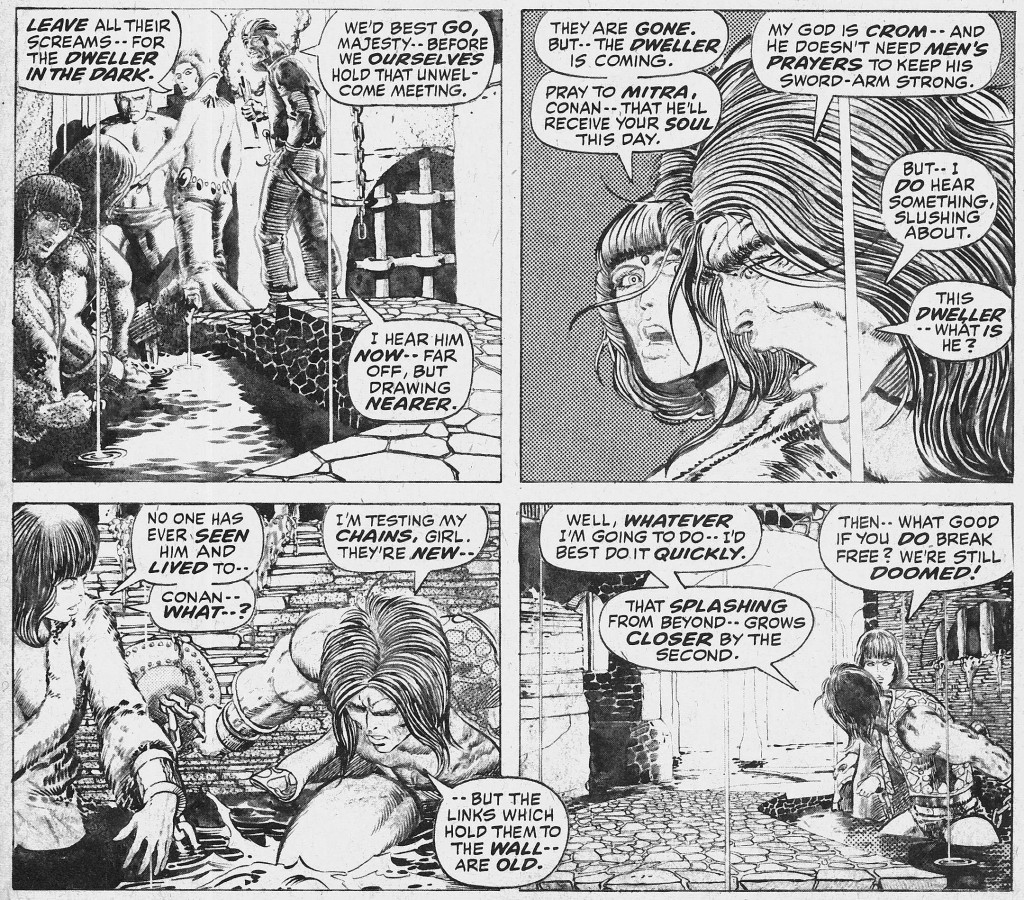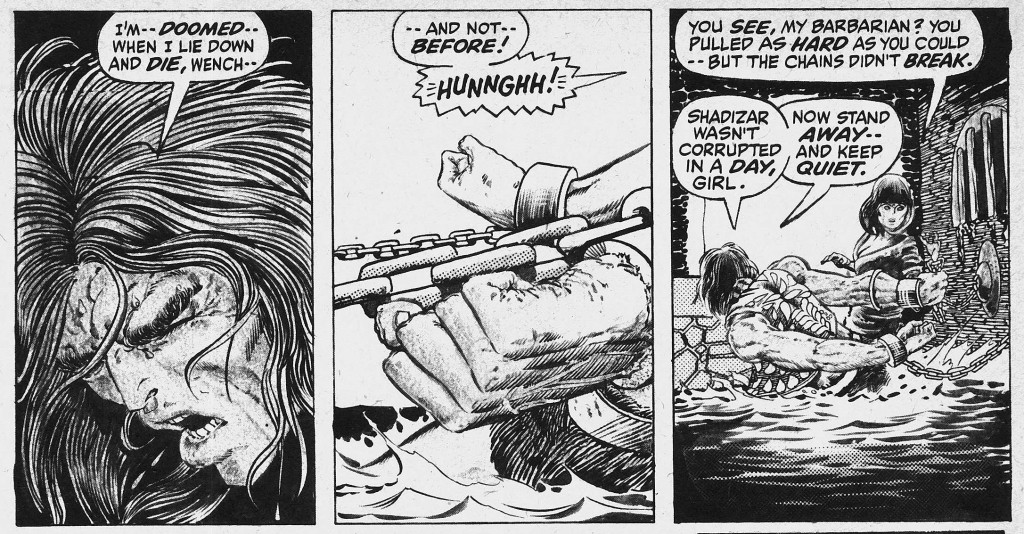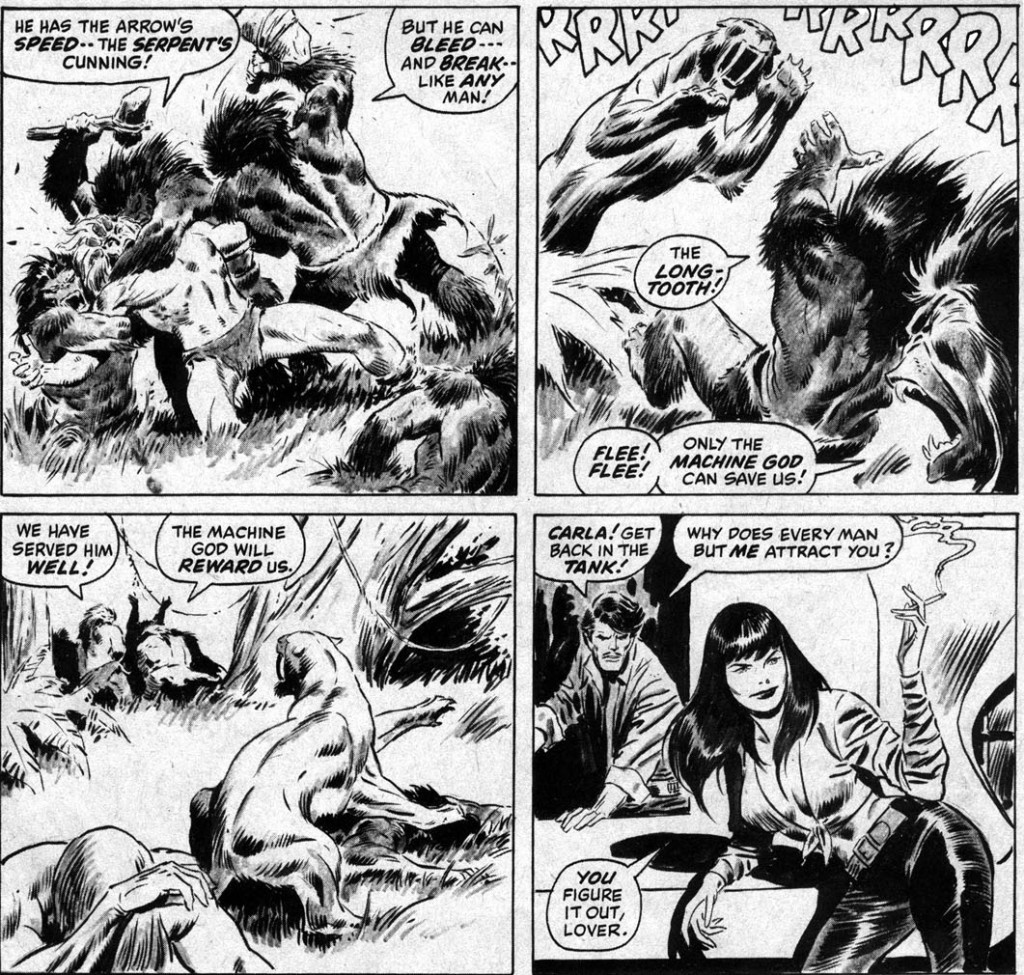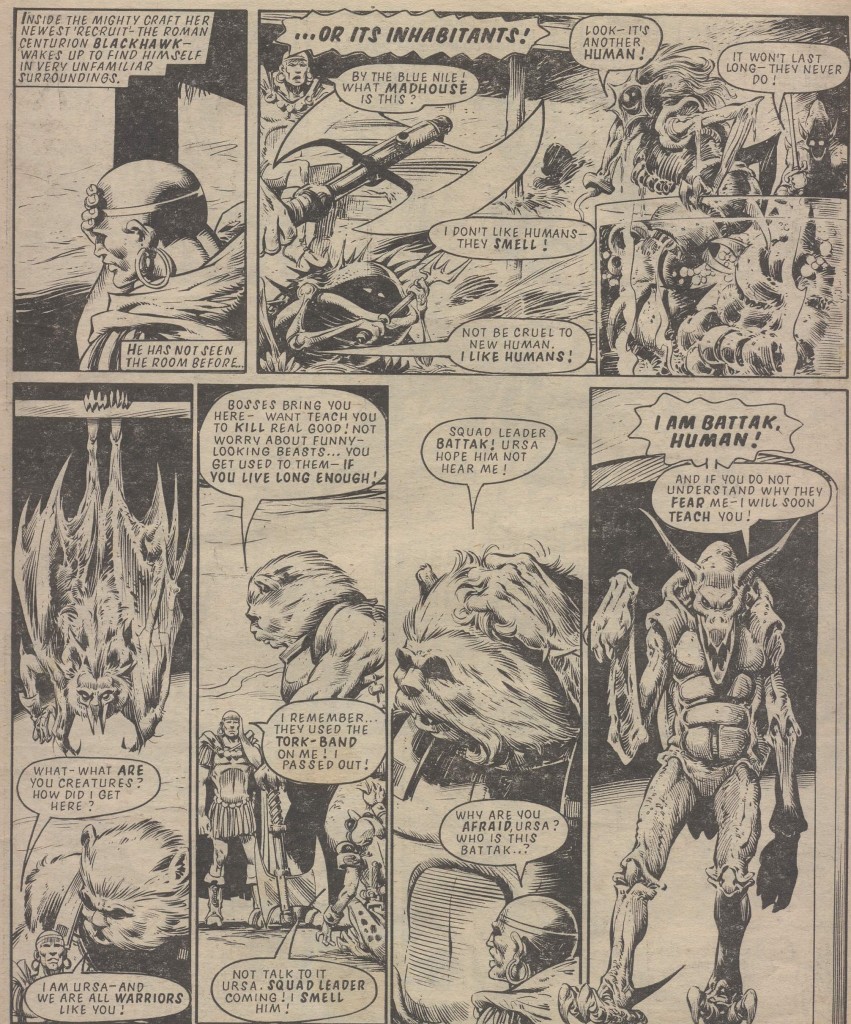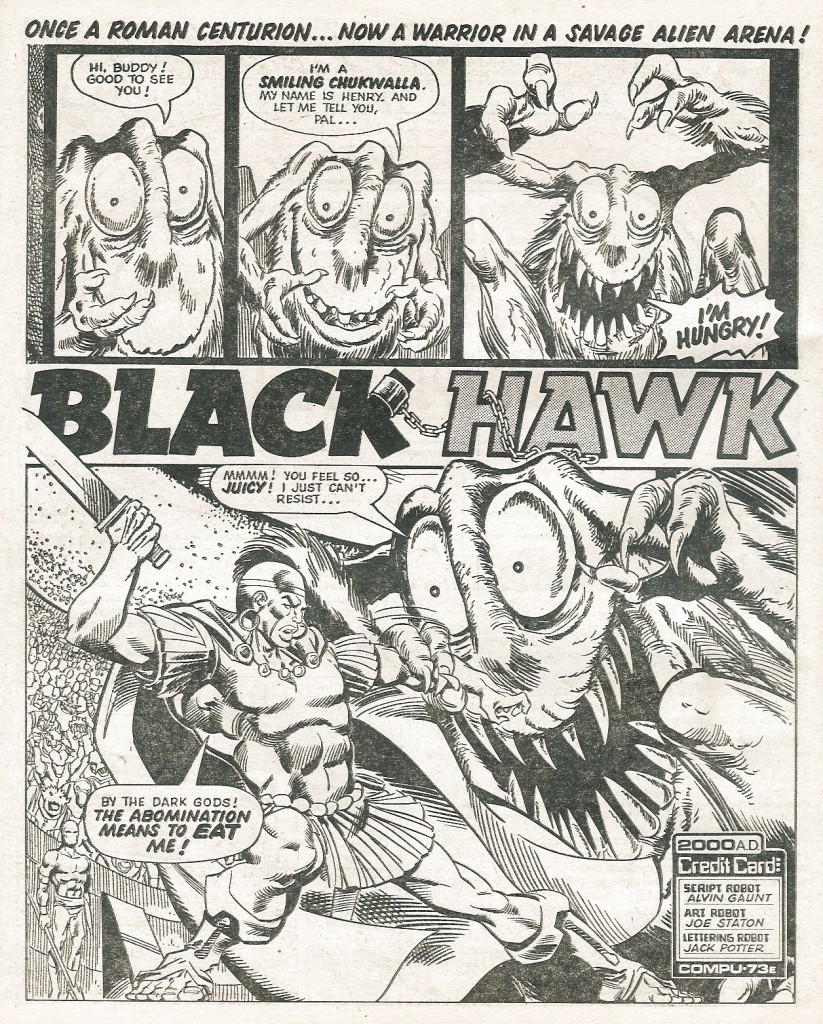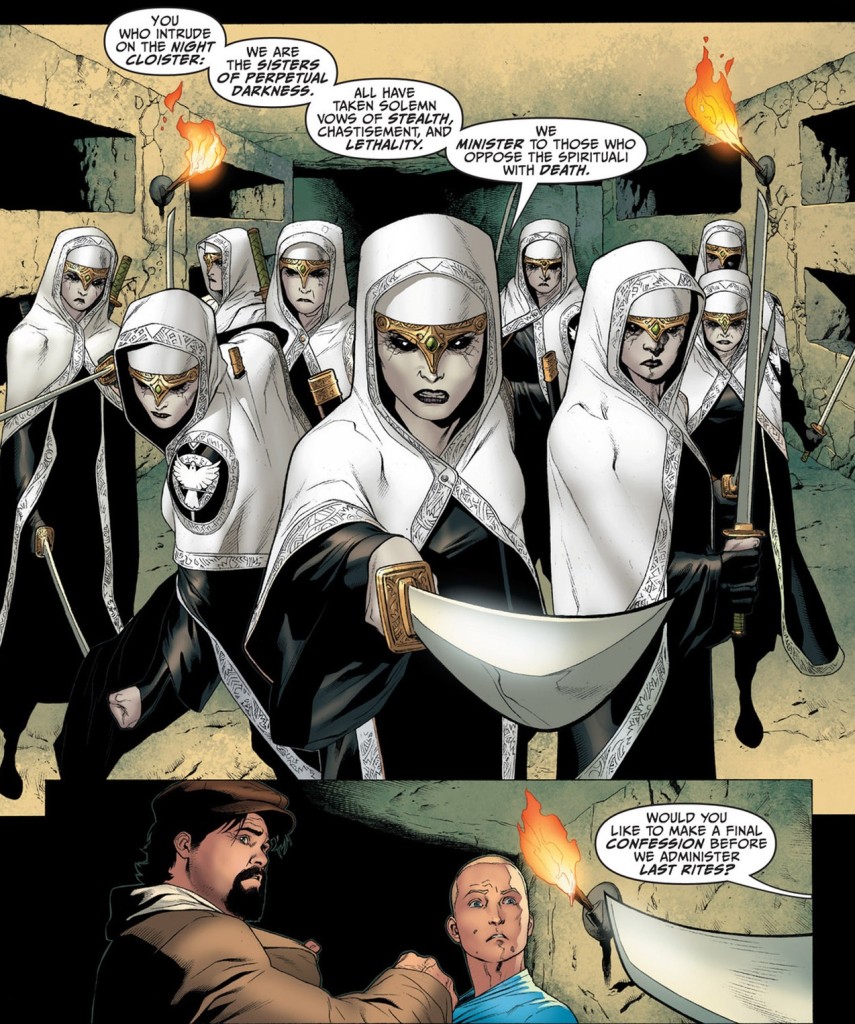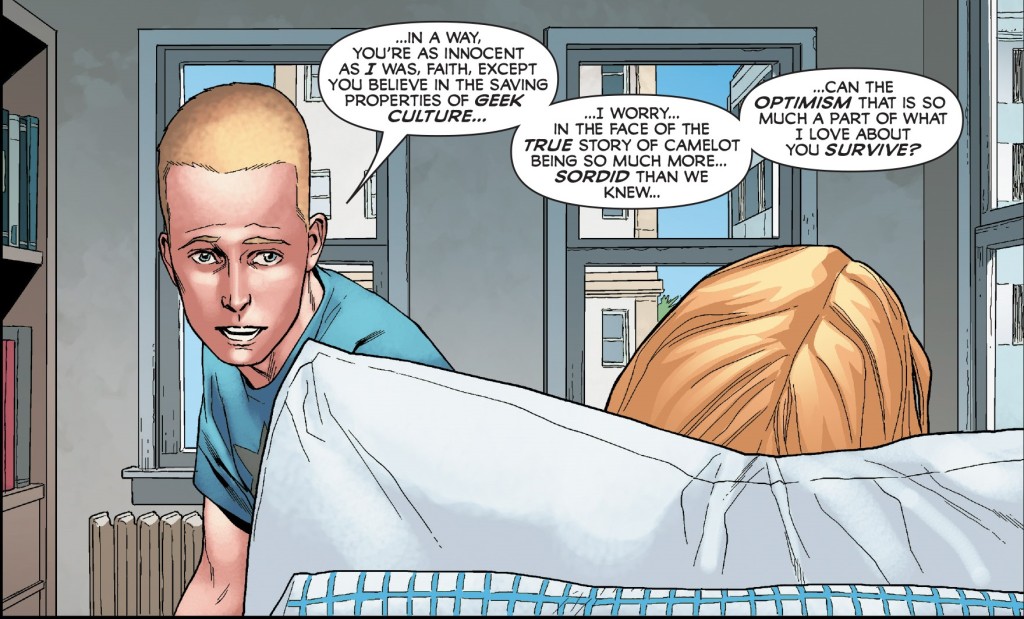I’ve mentioned before that Astro City is one of the most accomplished superhero comics in recent memory. This anthology series takes place in its own autonomous universe, providing us with fresh ways to look at all the archetypes developed by Marvel and DC over the decades, thus re-imbuing them with a sense of wonder – yet with a humanistic, modern sensibility, without falling into pastiche. It treats everyone as a proper character, whether we’re talking about the Honor Guard (a version of teams like the Justice League and the Avengers) or the Green Man (an amalgam of Swamp Thing, Man-Thing, and Doctor Strange).
Besides the intertextual angle, there is an almost sci-fi element to the comic, as it ingeniously speculates about how everyday life in a superhero universe would actually work if all the tropes were true, attributing complex subjectivities even to the crudest staples of the genre. Some of the stories humanize fantastical heroes and villains while others focus on the perspective of people in the sidelines, from actors in a superhero-themed soap opera to operators in the Honor Guard’s call center. Astro City is an example of fiction driven by compassion and identification, fascinated with imaginary lives from different races, genders, planets, and historical periods, ushering readers to find a bit of themselves even among flying time-travelers and talking animals. It succeeds in doing this not only because of Kurt Busiek’s knack for writing believable characterization of even the most unbelievable characters, but also because Brent Anderson’s elegant art – based on Alex Ross’ designs and with stunning colors, mostly by Alex Sinclair and Wendy Broome – realistically brings to life a wide variety of what could have been merely goofy-looking superhumans. Ross also lent his talent to the series’ arresting painted covers:
Gradually, Busiek has been weaving the different narrative threads into a broad tapestry, even if most stories can still be read by themselves. Although Astro City – sometimes labeled Kurt Busiek’s Astro City – has taken many forms since its debut in 1995 (including mini-series, ongoing series, specials, short stories, and original graphic novels, published by Image, WildStorm, and Vertigo), its vision has been remarkably consistent from the outset. It’s clearly a labor of love for everyone involved.
Over a hundred issues of Astro City have been published, all of them filled with new ideas and powerful moments, staying away from decompressed, dragged-out storytelling. Here are a handful of them that still manage to stand out:
‘In Dreams’
(Astro City #1)
As much as I love the works of Steve Gerber and Scott McCloud starring the Man of Steel himself, for my money the absolute best Superman stories do not take place in the DC Universe or even feature the official iteration of the character at all. Instead, they were crafted by creators unconstrained by continuity who, through thinly-veiled versions of Superman (Mr. Majestic, Supreme, Hyperion, Apollo, Ultiman…), made the most out of the character’s potential. ‘In Dreams’ is one of the greatest examples I can think of.
Astro City’s debut issue introduced both the titular setting and its version of Superman, called Samaritan (whose cape neatly resembles a Greek toga and whose civilian identity, Asa Martin, is a fact-checker for a local magazine). ‘In Dreams’ also established the series’ mature tone – not in the sense of being grim and violent (like many ‘mature’ takes on superheroes), but in the sense of revolving mostly around adult characters dealing with elaborate emotions. In this case, we follow a typically busy day in Samaritan’s life, as he constantly moves from one crisis to the next while trying to safeguard his secret identity, carrying the world’s burden on his soldiers with barely any time for himself. Busiek writes a touching story about burnout adorned with a poignant first-person narration (including a heartbreaking moment of loneliness as Asa goes over a feature on the most beautiful women in Astro City). The series’ initial colorist, Steve Buccelatto, effectively contrasts the lively feel of the dream world with the more understated tone of ‘reality’ without sacrificing the latter’s brightness (which is part of Astro City’s identity). The result is beautifully melancholic.
(Twenty years later, Busiek and Anderson did a sequel to this story, in Astro City (v3) #26, and it’s nice to see that they didn’t lose their touch in the meantime.)
‘The Scoop’
(Astro City #2)
‘The Scoop’ is probably my favorite issue of Astro City. It pulls off the kind of speculative fiction the series does so well, seamlessly merging the recognizable with the unimaginable while giving you a real sense of depth to each time and space.
The tale is framed as a conversation in which the editor of the Astro City Rocket newspaper tells his latest reporter about one of his earliest published pieces, written back in 1959. The catch is that it was pretty hard to fact-check a story about superheroes teaming up to stop an invasion of shark-men from another dimension, especially as nobody involved had a press secretary that could confirm the events, which posed quite a challenge to journalistic standards. The conclusion is counterintuitive yet somehow inspiring.
‘Dinner at Eight’
(Astro City #6)
The first volume of Astro City wrapped up with an endearing issue about a date between Samaritan and Winged Victory (the series’ take on Wonder Woman). We get an insightful look at the logistics and implications of such a date, juxtaposing the protagonists’ quiet evening with glimpses of their fellow heroes’ actions around the world (i.e. of the conventional adventures that Samaritan and Winged Victory are temporarily ignoring in order to embark on a different kind of discovery). Busiek manages to make their conversations ring credible and natural, making us feel like we are really sharing this intimate moment (we even find out Samaritan’s secret origin). Meanwhile, Brent Anderson, Steve Buccellato, and letterer Richard Starkings nail every single beat, culminating in a stunning exchange by the moonlight.
(Busiek later went on to write another romantic comic about an alternative Superman, the excellent Superman: Secret Identity.)
‘Everyday Life’
(Astro City (v2) #2)
Some of Astro City’s most moving stories focused on Astra, the youngest member of the First Family (the series’ variation on the archetype of the family of powered super-scientists/explorers, a la Fantastic Four). The first of those issues, ‘Everyday Life,’ hit it out of the park as we follow a day in the life of ten-year-old Astra, who lives the superhero version of the joys and frustrations of a child celebrity. It’s a tale about how what is mundane for some people can be fantastic for others and vice versa, but it manages to come across as less corny than that. Alex Ross and Brent Anderson really deserve much of the credit for this one: not only for Astra’s expressive acting and for all the nifty designs in her sci-fi house, but also for delivering a ridiculously fun adventure in the middle section without losing the comic’s dramatic anchor.
The ending hits the just the right note, even though Astra’s story actually continues into the next issue. More than a decade later, the creators followed it up with a couple of stupendous specials (titled Astro City: Astra) about her graduation day.
(The Fantastic Four have been the object of many other interesting alternative interpretations – from WildStorm’s Planetary to Dark Horse’s Project Black Sky, not to mention The Incredibles – but the First Family really feel like they could carry their own ongoing series and I would read the hell out of it…)
‘In the Spotlight’
(Astro City (v2) #13)
An issue where Astro City’s metafictional inclinations are at their most forceful, ‘In the Spotlight’ tells us the life story of Leo, an animated lion who was somehow brought to life in the 1940s (because of an evil professor armed with a ‘belief ray’ that turned imagination into reality). Leo has stuck around since then, at first hanging around the entertainment industry (Who Framed Roger Rabbit? obviously comes to mind) and later facing the tribulations of many celebrities, with the added challenge of being a children’s character unprepared for the ‘real world’ in all its ugliness. Despite a premise that easily lends itself to silliness, the story’s general tone is more quirky than comedic, imbuing even this anthropomorphic animal cartoon with heartfelt humanity. Busiek and his team pull it off: you actually feel a bittersweet empathy towards Leo, in part due to the inspired decision of giving him a world-weary, Humphrey Bogart look.
Geoff Klock has a provocative analysis of ‘In the Spotlight’ in his book How to Read Superheroes and Why, arguing that this is ultimately ‘a fable about the effects of translating childhood heroes onto a realistic landscape,’ like Frank Miller and Alan Moore did in their deconstructionist comics of the 1980s. At one point, a desperate Leo tries to drain the heroes’ reality, rendering them insubstantial fantasies, thus ‘taking them to the extreme but opposite end of the spectrum that he himself is on; if is he destroyed by becoming real, then so they will be destroyed by becoming fiction.’ Klock concludes that the tale feeds into Astro City’s overall genre reconstructionism, as it ‘suggests the inability of noble childhood characters like Leo to survive in such realistic adult conditions and situates those who would place them in realistic settings as the villains of the story.’


